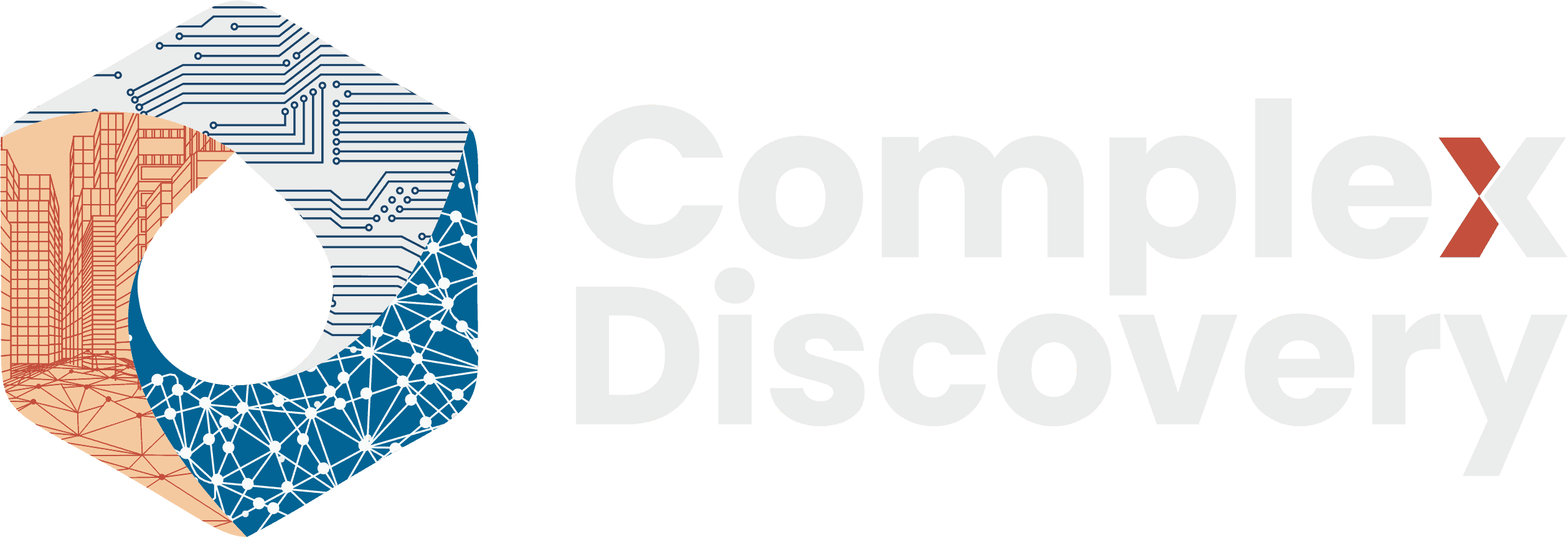Alarming Insurance Gaps and Soaring Breach Rates Call for a United Front in Cybersecurity
Discover the alarming gaps in cyber breach insurance coverage and the soaring rates of data breaches in the U.S., as revealed by CYE's latest study and Surfshark's analysis. Learn how…





















